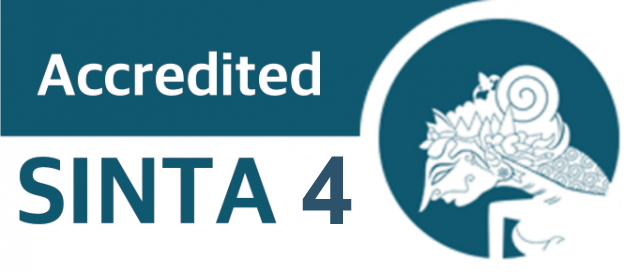Evaluation and Addition of Waste Water Treatmant Plant Units in West Lombok Regency Hotel
DOI:
10.29303/jpm.v20i1.8240Published:
2025-01-29Issue:
Vol. 20 No. 1 (2025)Keywords:
Evaluation; WWTP; Waste WaterArticles
Downloads
How to Cite
Downloads
Metrics
Abstract
The development of hotels in Lombok is very drastic, especially in tourist areas. In carrying out their activities, hotels require large amounts of water to meet the needs of guests and employees; besides that, water use in a hotel is also seen in the supporting facilities. Using large amounts of clean water will also produce large quantities of wastewater. This research aims to evaluate wastewater treatment installations at XY Hotel. The method used in this research is a field study followed by an analysis of water quality, process, and output. Based on the evaluation results, the Wastewater Treatment Plant at Hotel Aerobic has capacities of 20 m3/day, 15 m3/day, and 2 m3/day respectively.
References
D. Dhuhan, L. Fitria, and U. Kadaria, "Efisiensi pengolahan limbah cair hotel menggunakan moving bed biofilm reactor (MBBR)," Jurnal Teknologi Lingkungan Lahan Basah, vol. 9, no. 2, pp. 051–061, 2018. doi: 10.26418/jtllb.v9i2.47491.
A. Ulya and B. D. Marsono, "Perencanaan SPAL dan IPAL komunal di Kabupaten Ngawi (studi kasus perumahan Karangtengah Prandon, Perumahan Karangasri dan Kelurahan Karangtengah)," Jurnal Teknik ITS, vol. 3, no. 2, pp. D157–D161, 2018. doi: 10.12962/j23373539.v3i2.7001.
O. G. L. Manulangga and A. A. Solo, "Rancangan instalasi pengolahan air limbah hotel X di Kota Kupang," Envirotechsains: Jurnal Teknik Lingkungan, vol. 1, no. 1, pp. 18–25, 2023.
A. Almufid, "Perencanaan instalasi pengolahan air limbah (IPAL) studi kasus proyek IPAL PT. Sumber Masanda Jaya di Kabupaten Brebes Provinsi Jawa Tengah kapasitas 250 m²/hari," Jurnal Teknik, vol. 9, no. 1, 2020. doi: 10.31000/jt.v9i1.2868.
H. D. Prabowo and I. F. Purwanti, "Evaluasi instalasi pengolahan air limbah hotel X di Surabaya," Jurnal Teknik ITS, vol. 6, no. 1, pp. F144–F148, 2017. doi: 10.12962/j23373539.v6i1.21852.
K. O. P. Nanga and A. Slamet, "Perencanaan instalasi pengolahan air limbah (IPAL) domestik skala kawasan di Kota Sidoarjo," Jurnal Teknik ITS, vol. 6, no. 2, pp. D115–D118, 2017.
F. Mubin, A. Binilang, and F. Halim, "Perencanaan sistem pengolahan air limbah domestik di Kelurahan Istiqlal Kota Manado," Jurnal Sipil Statik, vol. 4, no. 3, 2016.
H. D. Prabowo and I. F. Purwanti, "Evaluasi instalasi pengolahan air limbah hotel X di Surabaya," Jurnal Teknik ITS, vol. 6, no. 1, pp. F144–F148, 2017. doi: 10.12962/j23373539.v6i1.21852.
D. E. Prisanto, B. Yanuwiadi, and S. Soemarno, "Studi pengelolaan IPAL (instalasi pengolahan air limbah) domestik komunal di Kota Blitar, Jawa Timur," Indonesian Journal of Environment and Sustainable Development, vol. 6, no. 1, 2015.
D. Dhuhan, L. Fitria, and U. Kadaria, "Efisiensi pengolahan limbah cair hotel menggunakan moving bed biofilm reactor (MBBR)," Jurnal Teknologi Lingkungan Lahan Basah, vol. 9, no. 2, pp. 051–061, 2018. doi: 10.26418/jtllb.v9i2.47491.
S. Yana, W. Wartono, E. Safriyani, and B. D. Setiawan, "Penerapan green accounting hotel di Kota Lubuklinggau (studi kasus Hotel Smart Lubuklinggau)," Innovative: Journal of Social Science Research, vol. 3, no. 3, pp. 5074–5081, 2023. doi: 10.31004/innovative.v3i3.
L. Indrayani, "Pengolahan limbah cair industri batik sebagai salah satu percontohan IPAL batik di Yogyakarta," Ecotrophic, vol. 12, no. 2, pp. 173–185, 2018. doi: 10.24843/EJES.2018.v12.i02.p07.
A. I. Mawafiq, R. D. N. Setyowati, and W. Nilandita, "Evaluasi sistem operasional dan pemeliharaan instalasi pengolahan air limbah (IPAL) di PT. X," Jurnal Lingkungan Hutan Tropis, vol. 3, no. 1, pp. 79–93, 2018.
E. Wardhani et al., "Evaluasi instalasi pengolahan air limbah domestik di Kecamatan Soreang Kabupaten Bandung Provinsi Jawa Barat," Jurnal Serambi Engineering, vol. 9, no. 4, 2024.
L. Indrayani, "Pengolahan limbah cair industri batik sebagai salah satu percontohan IPAL batik di Yogyakarta," Ecotrophic, vol. 12, no. 2, pp. 173–185, 2018. doi: 10.24843/EJES.2018.v12.i02.p07.
S. Yana, W. Wartono, E. Safriyani, and B. D. Setiawan, "Penerapan green accounting hotel di Kota Lubuklinggau (studi kasus Hotel Smart Lubuklinggau)," Innovative: Journal of Social Science Research, vol. 3, no. 3, pp. 5074–5081, 2023. doi: 10.31004/innovative.v3i3.
W. F. G. Ayu and F. S. P. Pangesti, "Perencanaan instalasi pengolahan air limbah (IPAL) domestik dengan metode constructed wetland di Perumahan Bumi Ciruas Permai 1 Kabupaten Serang," Jurnal Lingkungan dan Sumberdaya Alam (JURNALIS), vol. 4, no. 2, pp. 130–141, 2018. doi: 10.47080/jls.v4i2.1461.
N. P. Ivanda, M. Zenurianto, and N. Rasidi, "Perencanaan instalasi pengolahan air limbah domestik pada Perumahan EL Bana City Karangploso Malang," Jurnal Online Skripsi Manajemen Rekayasa Konstruksi (JOS-MRK), vol. 4, no. 1, pp. 140–146, 2023. doi: 10.33795/josmrk.v4i1.1198.
W. F. G. Ayu and F. S. P. Pangesti, "Perencanaan instalasi pengolahan air limbah (IPAL) domestik dengan metode constructed wetland di Perumahan Bumi Ciruas Permai 1 Kabupaten Serang," Jurnal Lingkungan dan Sumberdaya Alam (JURNALIS), vol. 4, no. 2, pp. 130–141, 2018. doi: 10.47080/jls.v4i2.1461.
D. S. Sakinah and I. F. Purwanti, "Perencanaan IPAL pengolahan limbah cair industri pangan skala rumah tangga," Jurnal Teknik ITS, vol. 7, no. 1, pp. D12–D17, 2018. doi: 10.12962/j23373539.v7i1.29178.
Author Biographies
Tina Melinda, Environmental Engineering Study Program, Mataram College of Environmental Engineering
Nurhidayah Nurhidayah, Environmental Engineering Study Program, Mataram College of Environmental Engineering
License
Copyright (c) 2025 Tina Melinda, Nurhidayah Nurhidayah

This work is licensed under a Creative Commons Attribution 4.0 International License.
The following terms apply to authors who publish in this journal:
1. Authors retain copyright and grant the journal first publication rights, with the work simultaneously licensed under a Creative Commons Attribution License 4.0 International License (CC-BY License) that allows others to share the work with an acknowledgment of the work's authorship and first publication in this journal.
2. Authors may enter into separate, additional contractual arrangements for the non-exclusive distribution of the journal's published version of the work (e.g., posting it to an institutional repository or publishing it in a book), acknowledging its initial publication in this journal.
3. Before and during the submission process, authors are permitted and encouraged to post their work online (e.g., in institutional repositories or on their website), as this can lead to productive exchanges as well as earlier and greater citation of published work (See The Effect of Open Access).











